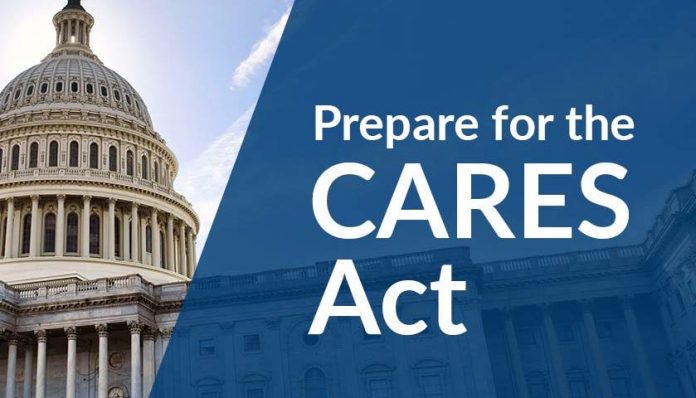The CARES Act highlights contain provisions that will affect US businesses and the stock market in a big way, making it important for investors to pay attention and be educated about what is in the CARES Act and what it means for their family and their portfolio. To help shed some light on the CARES Act highlights that investors should know about, Inspire Investing has partnered with our tax advisors at Hayashi and Wayland to provide the following information about the CARES Act. (This information is provided for educational purposes only and should not be considered as tax or investment advice. Please consult your personal tax or investment advisor to discuss your individual situation.)
The $2.2 trillion Coronavirus Aid, Relief and Economic Security “CARES Act” represents the largest economic relief package in American history[1]. The CARES Act contains sweeping provisions that have powerful implications for American families and the US economy at large, both because of the gargantuan amount of money that will be flooding the US economy and also because of certain investment related directives that temporarily change the rules for retirement accounts, charitable giving and more.
The CARES Act was designed to offer assistance to individual taxpayers, business owners, and the entire economy to try to revive itself from the downturn caused by the COVID-19 pandemic and the business closures, layoffs and economic suffering that has followed. This relief plan will offer assistance to tens of millions of American households affected by the coronavirus pandemic.
We have outlined the CARES Act highlights below:
INDIVIDUAL PROVISIONS
One-time, non-taxable payments
These payments will be made to taxpayers whose adjusted gross income is under $75,000 (single), $112,500 (head of household) and $150,000 (married). Single or head of household taxpayers will get $1,200. Married taxpayers will get $2,400. In addition, for each child 16 years old or younger, you will get an additional $500. Above these income figures the payment decreases. Single taxpayers earning $99,000 or married taxpayers who have no children and earn $198,000 will not receive any payments. A family with two children will no longer be eligible for payments if its income surpassed $218,000. Payments received are not considered taxable income to the recipients.
You will not be able to get a payment if someone claims you as a dependent, even if you are an adult. In any given family and in most instances, everyone must have a valid Social Security number in order to be eligible. There is an exception for members of the military.
You can find your adjusted gross income on Line 8b of the 2019 1040 Federal tax return. And if you already filed your 2019 taxes and provided direct deposit information for a refund, it will be deposited that way into your account. If you have not filed your 2019 tax return, your 2018 return will be used for determination. If you would prefer to have your 2019 tax return considered over your 2018 tax return we would recommend that you file 2019 as soon as possible.
If you are ineligible for the payment due to your income being in excess of the limits for 2019, you may benefit once you file your 2020 taxes because the payment is technically an advance on a tax credit that is available for 2020.
It is not clear yet when and how physical checks will be mailed to those who will require that. Information from different sources at this time say anytime from the end of April to the end of May.
SOURCE: Christian Post, Robert Netzly
All Content & Images are provided by the acknowledged source
